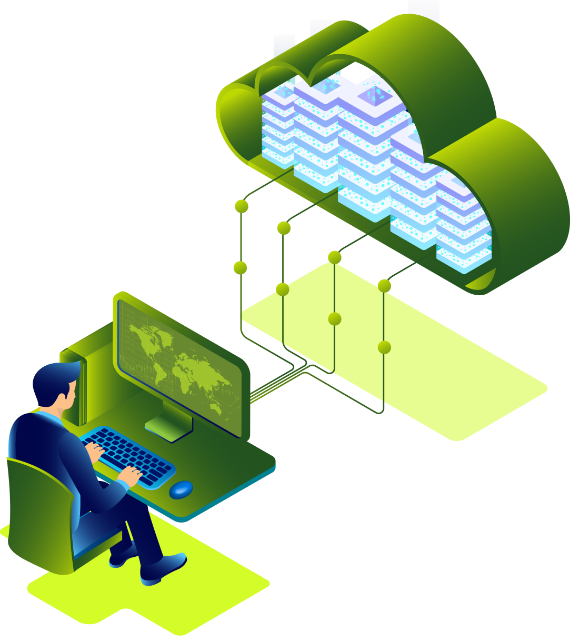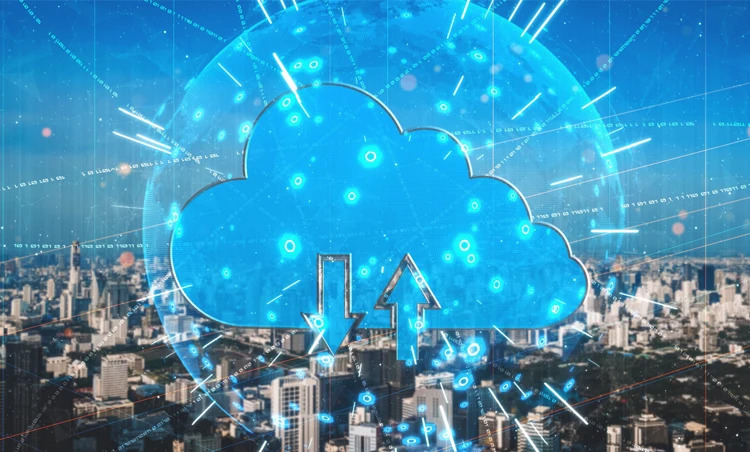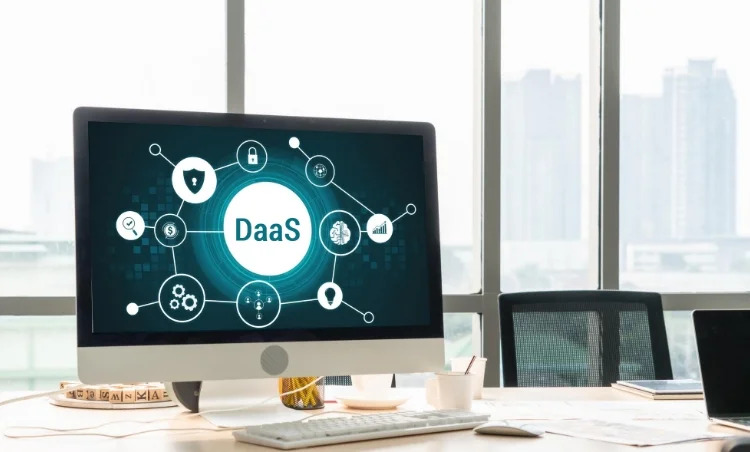Sify’s Green Data Centers: The Ultimate Benchmark in Sustainable IT

Introduction
In the digital age, businesses require high-performance data centers to power their IT infrastructure. However, traditional data centers consume vast amounts of energy, contributing to carbon emissions. To combat this, green data centers have emerged as a sustainable solution. Sify Technologies leads this transformation with its state-of-the-art Datacenter services that integrate cutting-edge eco-friendly solutions.
The Growing Importance of Green Data Centers
With rising concerns about climate change and energy consumption, enterprises are embracing sustainable IT solutions. Green data centers leverage renewable energy, AI-driven management, and efficient cooling technologies to minimize environmental impact while ensuring operational excellence. Businesses are also under increasing pressure to comply with global sustainability standards, making green data centers a strategic necessity.
Essential Features of a Green Data Center
1. Renewable Energy Utilization
Sustainable data centers prioritize solar, wind, and hydroelectric power, reducing reliance on fossil fuels. By integrating onsite solar farms and power purchase agreements for wind energy, Sify ensures uninterrupted, clean power supply.
2. AI-Powered Efficiency
AI-driven systems optimize server loads, energy distribution, and resource allocation to improve performance and reduce waste. Automated workload balancing ensures that no server runs at full capacity unnecessarily, minimizing power usage.
3. Smart Cooling Mechanisms
Green data centers implement advanced cooling solutions like liquid immersion and AI-based temperature control to significantly cut down on energy consumption. Sify’s precision cooling systems reduce heat waste and improve efficiency.
4. Sustainable Infrastructure
Using eco-friendly building materials and implementing e-waste recycling, green data centers adhere to responsible construction and waste management. Sify integrates modular designs that allow for easy scalability with minimal resource usage.
Why Businesses Need Green Data Centers
The demand for cloud computing, AI, and big data continues to grow, leading to increased energy consumption. Green data centers offer a cost-effective and sustainable approach to IT operations while ensuring compliance with environmental regulations. Companies that invest in green infrastructure also enjoy long-term cost savings, better regulatory compliance, and enhanced brand reputation.
How Sify’s Green Data Center Stands Out
- Advanced Energy Management
Sify incorporates real-time energy monitoring and AI-driven analytics to maintain optimal energy efficiency. Dynamic power scaling ensures that resources are allocated based on demand, reducing unnecessary consumption.
- Zero-Carbon Footprint Initiatives
Through renewable energy adoption and carbon offset programs, Sify achieves net-zero emissions. By employing carbon-neutral operations, Sify not only minimizes environmental impact but also helps businesses achieve their own sustainability targets.
- Industry-Certified Sustainability Standards
Sify’s green data centers comply with global environmental certifications, positioning them as a premier choice for enterprises seeking eco-friendly solutions. LEED, ISO 14001, and Energy Star certifications ensure best-in-class sustainability.
- Innovation-Driven Leadership
With continuous investment in emerging green technologies, Sify remains at the forefront of data center sustainability. R&D in energy-efficient infrastructure and AI-driven automation sets Sify apart from competitors.
Competitive Advantages of Choosing a Green Data Center
- Lower Operational Costs
Optimized energy usage leads to significant cost savings for businesses. Green data centers reduce power consumption by up to 40%, lowering electricity bills.
- Regulatory Compliance
Adhering to global sustainability standards ensures businesses avoid fines and meet environmental goals. Sify’s green data centers provide seamless compliance with carbon emission regulations.
- Stronger Brand Reputation
Sustainability enhances corporate image and attracts environmentally conscious customers. Businesses that implement green IT strategies are viewed as industry leaders in innovation and responsibility.
The Role of Green Data Centers in a Digital Future
As businesses continue their digital transformation, cloud adoption, AI-driven analytics, and IoT will drive demand for sustainable data centers. Green data centers ensure that growth in technology does not come at the cost of the environment.
How Businesses Can Transition to a Green Data Center Model
Transitioning to a green data center requires a strategic approach:
- Assess Current Infrastructure: Identify inefficiencies in energy usage and cooling systems.
- Adopt AI-Powered Energy Management: Utilize intelligent monitoring to optimize power distribution.
- Switch to Renewable Energy Sources: Invest in solar, wind, and hydroelectric power.
- Implement Sustainable Cooling Solutions: Reduce heat waste and lower energy consumption.
- Partner with a Green Data Center Provider: Collaborate with industry leaders like Sify Technologies to seamlessly transition to a sustainable model.
The Future of Sustainable Data Centers
- The evolution of green data centers includes:
- AI-powered self-regulating infrastructure that dynamically adjusts energy usage.
- Waste heat repurposing for external applications, such as urban heating solutions.
- Expanded renewable energy integration, with 100% reliance on solar and wind power.
Conclusion
Sify Technologies is redefining green data center solutions by integrating advanced AI, renewable energy, and carbon-neutral strategies. With a commitment to sustainability, Sify ensures reduced carbon emissions, optimized energy consumption, and enhanced operational efficiency. By continuously innovating and leveraging cutting-edge green technologies, Sify is setting the benchmark for sustainable IT infrastructure. As enterprises increasingly prioritize eco-friendly operations, Sify's green data centers provide a future-proof solution that balances business growth with environmental responsibility.
For more information, visit blog on Datacenter.
Note: IndiBlogHub features both user-submitted and editorial content. We do not verify third-party contributions. Read our Disclaimer and Privacy Policyfor details.







